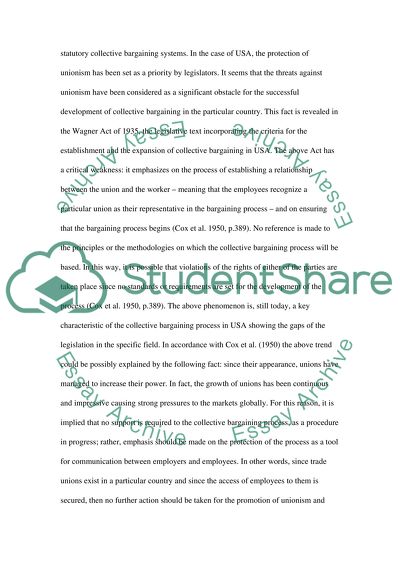Cite this document
(“Workplace negotiation Research Paper Example | Topics and Well Written Essays - 1500 words”, n.d.)
Retrieved from https://studentshare.org/law/1429692-workplace-negotiation-research-paper
Retrieved from https://studentshare.org/law/1429692-workplace-negotiation-research-paper
(Workplace Negotiation Research Paper Example | Topics and Well Written Essays - 1500 Words)
https://studentshare.org/law/1429692-workplace-negotiation-research-paper.
https://studentshare.org/law/1429692-workplace-negotiation-research-paper.
“Workplace Negotiation Research Paper Example | Topics and Well Written Essays - 1500 Words”, n.d. https://studentshare.org/law/1429692-workplace-negotiation-research-paper.


